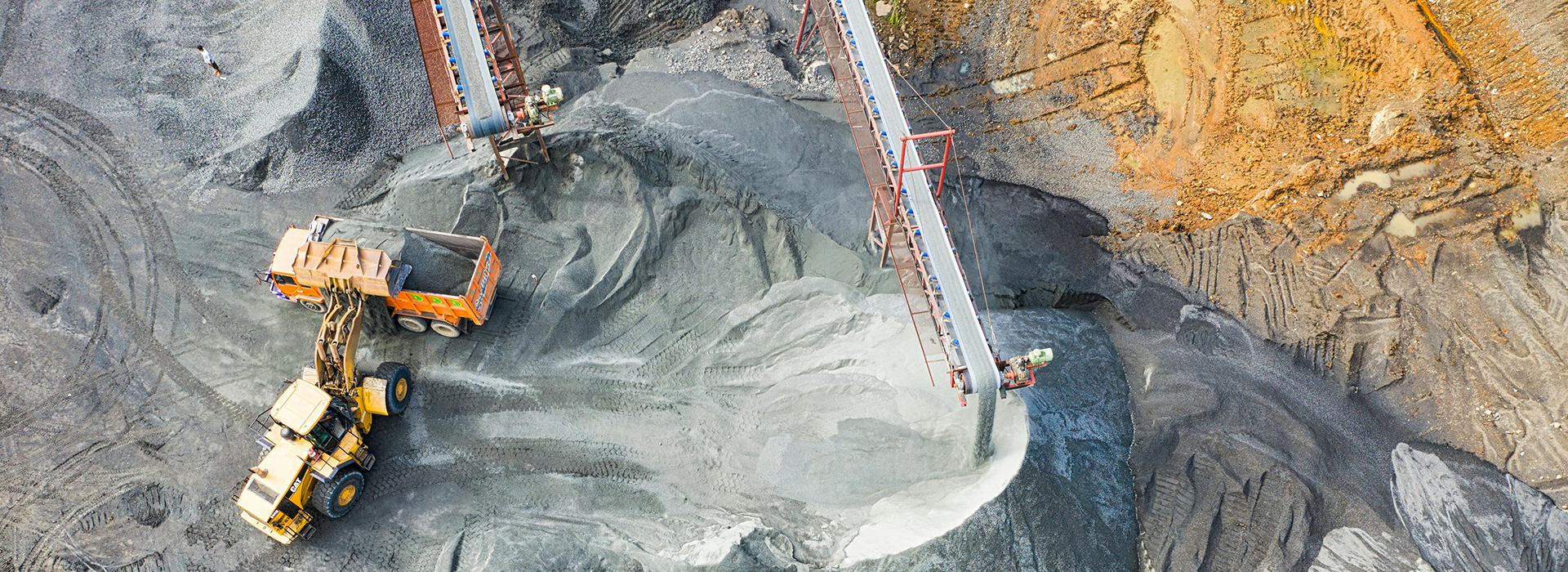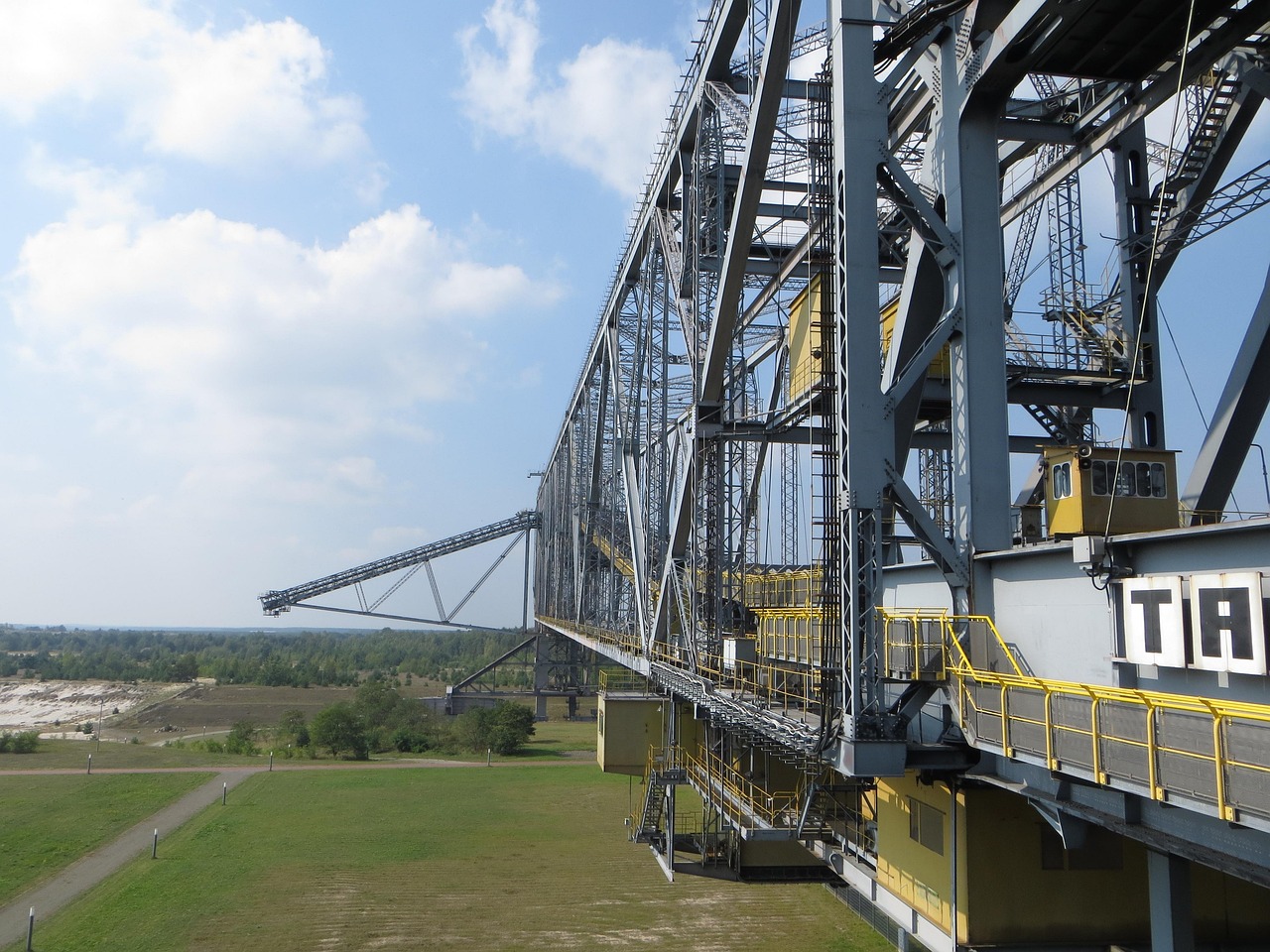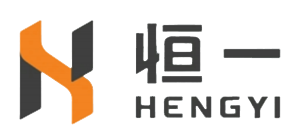
Causes of Belt Conveyor Deviation
2025-08-28 11:46Causes of Belt Conveyor Deviation:
There are many reasons for belt deviation, including internal factors within the belt conveyor itself and external environmental factors. However, they are generally attributed to factors such as unbalanced driving force on both sides of the belt and lateral forces exerted on the belt by rollers and idlers. From a force analysis perspective, these can be categorized into three types: first, unbalanced belt tension; second, stress (i.e., lateral force) generated by rollers and idlers that deviates from the belt's centerline; and third, unbalanced friction between the rollers and idlers and the belt.
1) Factors Contributing to Unbalanced Belt Tension:
● Belt vulcanized joints are misaligned or the belt itself is misaligned. Deviation is most severe at these joints or belt misalignment, and occurs in a regular pattern.
● Belt aging can cause uneven stress distribution within the belt, leading to unbalanced belt tension and varying degrees of belt deviation. 2) Factors that cause lateral forces on the belt from rollers and idlers:
● Improper installation of rollers and idlers. Deviation is most severe where the redirecting roller and idler are installed, and the belt becomes lighter the further forward it travels, regardless of whether it is on the load-bearing or return section. However, deviation caused by a skewed drive roller can lead to increasingly severe deviation.
● The rollers, idlers, and belt are not aligned, especially with a tail-weight tensioner. Because the tail redirecting roller is floating, deviation is extremely likely. Once deviation occurs, it becomes increasingly severe and difficult to correct.
3) Unbalanced friction between rollers and idlers on both sides of the belt:
● Wet, iced, or covered with material on the rollers, idlers, and belt surfaces can cause the belt and idlers to slip against each other, leading to unbalanced friction and deviation.
● Uneven material distribution or misaligned material drop points can cause uneven pressure on the belt from the rollers and idlers, leading to unbalanced friction and deviation. This type of belt deviation is the most common phenomenon in actual belt conveyor operation and is also one of the most difficult to correct.
● Belt deviation can also occur when the frame is affected by gravity, causing the belt to settle differently in whole or in part.

Based on the above analysis, the primary cause of belt deviation is external factors, followed by internal factors within the belt conveyor.
Furthermore, malfunctions in auxiliary equipment such as cleaners can also cause minor belt deviation.
Common Correction Methods and Characteristics:
When a belt deviates, there are many methods for correction. Common ones include: adjusting the position of the rollers and idlers; adjusting the drop position at the transfer point; adjusting the tension on both sides of the belt (adjusting the counterweight center and the torque on both sides of the mechanical tensioner); installing conical or drum-shaped self-aligning idlers, anti-deflection rollers, sidewall correction idlers, reverse V-type correction idlers, and standard automatic correction devices. Common belt adjustment methods during operation include:
1) Adjusting the position of the idler assembly: The belt is corrected by moving the idler forward in the direction of the belt's travel, or backward on the other side. This method provides minimal belt correction and requires frequent dynamic adjustments.
2) Adjusting the position of the rollers: With the exception of the tail roller, the correction method is similar to adjusting the position of the idler assembly. The adjustment method for the tail roller is the opposite. This method provides a greater degree of correction but requires frequent machine downtime for adjustments.
3) Adjusting the position of the material at the transfer point: Material deviation within the belt trough can cause deviation. The adjustment method is to try to keep the material in the center of the belt's trough. This method is characterized by the constant dynamic movement of the material, making adjustment more difficult.
